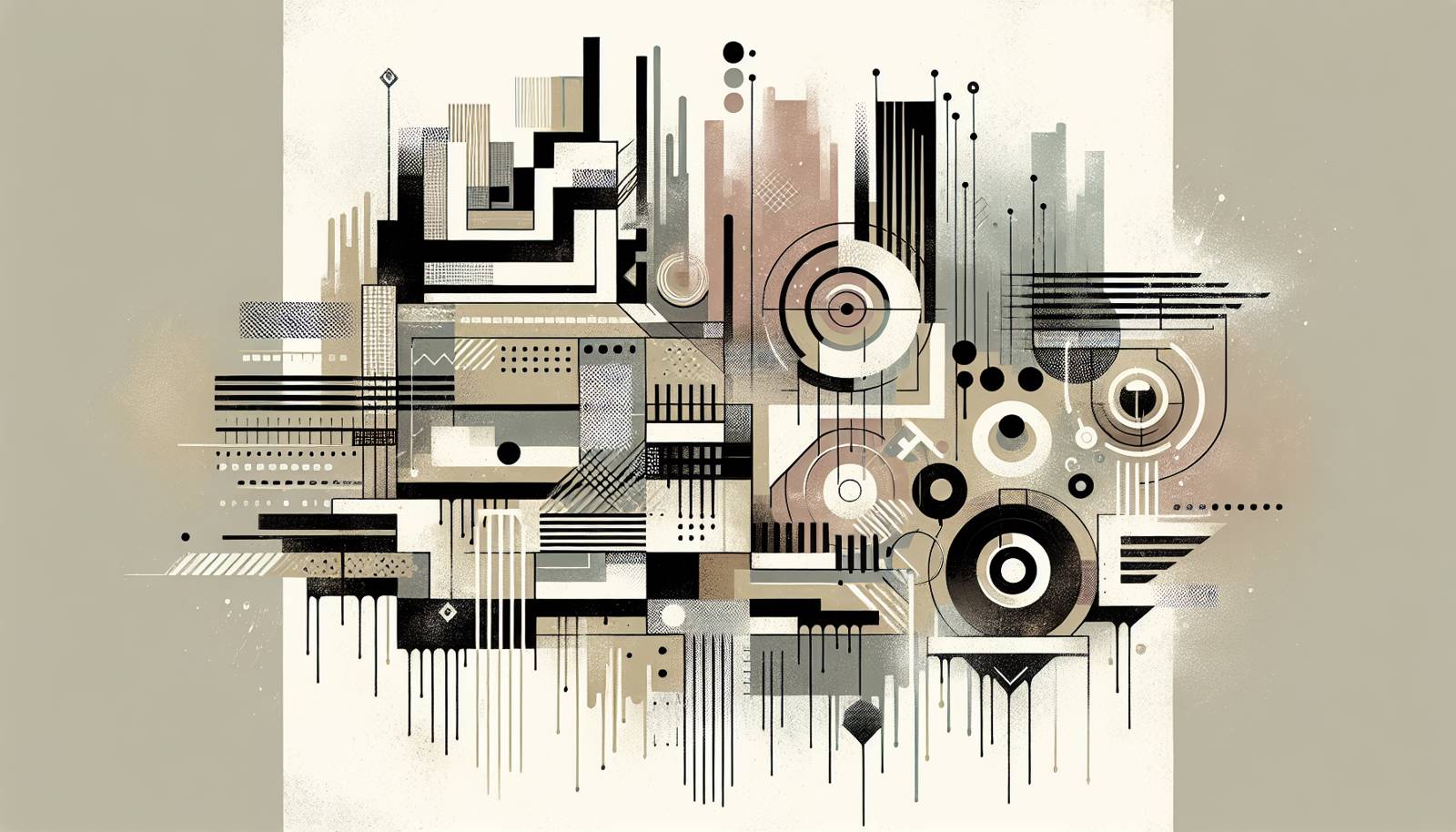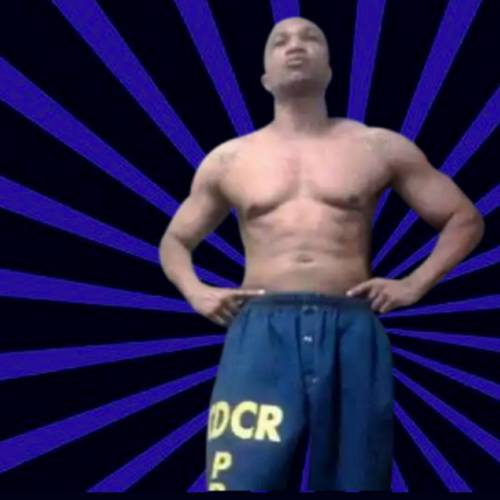
FAQ About The Role of Hip Hop in Visual Art

What is the connection between hip hop and visual art?
Hip hop has a profound connection with visual art, primarily through its elements like graffiti and street art. Emerging in the late 1970s, hip hop culture brought artistic expressions that translated into bold and vibrant visual styles. Artists in hip hop communities used walls and subways as their canvases, paving the way for graffiti as a significant form of visual art. This era facilitated a movement where visual art became an integral part of hip hop culture, conveying social, political, and personal narratives through visual aesthetics.

How did graffiti become associated with hip hop culture?
Graffiti became associated with hip hop culture in the late 1970s in New York City. It was part of the four original elements of hip hop, alongside MCing, DJing, and breakdancing. Graffiti artists, known as writers, started tagging subways and buildings as a form of self-expression, rebellion, and identity. This art form was incorporated into hip hop culture due to its vibrant, expressive, and often rebellious nature, mirroring the challenges and creativity of urban life.

In what ways has hip hop influenced contemporary street art?
Hip hop has greatly influenced contemporary street art through its emphasis on bold expression, cultural commentary, and social activism. Street artists borrow the energy and iconography from hip hop to convey messages related to identity, politics, and community issues. Techniques like stenciling, murals, and large-scale installations often reflect themes found in hip hop lyrics, creating a visual dialogue with the music and reaching wider audiences.

How does album art reflect hip hop culture?
Album art in hip hop is a powerful medium that reflects the culture's originality, diversity, and visual storytelling. Cover designs often encapsulate the themes, messages, and personality of the music within. Artists use various styles, such as photorealism, abstract, and graphic design to create distinctive visuals that align with their lyrical messages. Album art serves as a visual representation of the artist's brand and the socio-political contexts of their music, making it an integral part of the hip hop experience.

What role does hip hop play in contemporary art galleries?
Hip hop plays a significant role in contemporary art galleries by bringing a fresh, urban perspective and cultural relevance to these spaces. Artists influenced by hip hop have transitioned from streets to galleries, creating works that engage with themes of identity, inequality, and resistance. These exhibitions often challenge traditional art norms and invite a diverse audience, contributing to a broader dialogue about art and society. Hip hop's presence in galleries underscores its impact as both a cultural movement and a respected art form.

Can hip hop influence be seen in traditional art forms?
Yes, hip hop's influence can be seen in traditional art forms such as painting and sculpture through thematic innovation and stylistic elements. Artists infuse their works with hip hop aesthetics like bold color schemes, dynamic compositions, and text elements that reflect rap lyrics. This cross-pollination enriches traditional art by introducing contemporary and multicultural narratives, thereby broadening its scope and appeal.

What are some of the most iconic examples of hip hop visual art?
Iconic examples of hip hop visual art include Keith Haring's graffiti-inspired works, Basquiat's street-influenced paintings, and the vibrant, story-telling album covers of artists like A Tribe Called Quest and Kanye West. These examples showcase how hip hop has transcended music to make lasting impacts in visual aesthetics, blending messages of culture, rebellion, and identity into visual forms recognized worldwide.

How do hip hop and visual art collaborate to address social issues?
Hip hop and visual art collaborate to address social issues by creating spaces for dialogue and reflection through powerful imagery and lyrics. Artists use their platforms to comment on issues like racial inequality, poverty, and social justice, often blending visual and auditory elements to amplify these messages. This collaboration results in comprehensive art pieces that can provoke thought and inspire change, engaging communities and audiences on a deeper level.

What elements from hip hop are commonly reflected in visual art?
Common elements from hip hop reflected in visual art include bold colors, dynamic lines, and powerful imagery that convey the music's energy and messages. Themes such as justice, identity, and urban life often appear, reflecting hip hop's roots and cultural discourse. Artists may also incorporate textual elements, mimicking lyrical flows and giving visual art a rhythm akin to music.

How has hip hop visual art impacted youth culture?
Hip hop visual art has had a significant impact on youth culture by offering a medium for self-expression and identity formation. It empowers young people to engage with art in ways that are accessible and relatable, encouraging creativity and cultural pride. The visual elements of hip hop, such as graffiti and street art, become means for youth to connect with broader cultural narratives while also shaping their own stories and voices.

Are there any notable exhibitions featuring hip hop visual art?
Yes, there have been several notable exhibitions featuring hip hop visual art. One example is the 'One Color Only' exhibition dedicated to graffiti and street art. Another is 'Art in the Streets' at the Museum of Contemporary Art in Los Angeles, which highlighted the evolution of hip hop-influenced art. These exhibitions emphasize the artistic legitimacy and cultural significance of hip hop in visual arts.

What is the historical significance of graffiti within hip hop?
The historical significance of graffiti within hip hop lies in its role as a vehicle for creative expression and social commentary. Originating in the 1970s, it served as a means for marginalized communities to assert presence and identity in urban spaces. Graffiti was more than just an art form; it was a statement against societal constraints and a celebration of creativity, becoming a foundational element of hip hop culture.

How has technology influenced hip hop visual art forms?
Technology has greatly influenced hip hop visual art forms by providing new tools and platforms for creation and dissemination. Digital art software, online galleries, and social media allow artists to experiment with different styles and reach global audiences. Technology also facilitates collaborations between visual artists and musicians, integrating multimedia elements that enhance the storytelling power of hip hop-influenced art.

What role have hip hop artists played in promoting visual art?
Hip hop artists have played a crucial role in promoting visual art by using their platforms to highlight and commission works from visual artists. They often collaborate on album covers, fashion, and music videos, incorporating diverse visual elements into their projects. Notable artists like Jay-Z have supported contemporary art galleries and upcoming artists, bridging the worlds of music and visual arts and fostering an appreciation for this cultural synergy.

How do visual artists typically incorporate hip hop elements into their work?
Visual artists incorporate hip hop elements into their work by using motifs like vibrant colors, urban landscapes, and cultural symbols found in hip hop culture. They also draw inspiration from the music's themes, such as resilience, identity, and social justice, embedding these narratives into their visual pieces. This integration helps create a dialogue between music and art, offering viewers a multifaceted experience.

What challenges do hip hop visual artists face in the art world?
Hip hop visual artists often face challenges such as stereotyping and underrepresentation in mainstream art spaces. Despite the growing recognition of hip hop as a legitimate art form, these artists might struggle against biases that view street art and graffiti as vandalism. Additionally, navigating the commercial and gallery art worlds can be difficult due to differences in cultural norms and expectations. However, increasing visibility and appreciation for hip hop culture helps to mitigate these challenges over time.

How do hip hop visual artists gain recognition?
Hip hop visual artists gain recognition through a variety of avenues, including social media, street exhibitions, collaborations with musicians, and participation in major art events. Platforms like Instagram and TikTok allow artists to showcase their work to a global audience, while collaborations with well-known hip hop artists or brands can elevate their visibility. Additionally, involvement in notable exhibitions and receiving support from contemporary art institutions can significantly contribute to their recognition.

What are the key characteristics of hip hop visual art?
Key characteristics of hip hop visual art include dynamic use of color, bold and expressive lines, and themes rooted in urban and cultural narratives. This art often emphasizes individuality, resistance, and community, using techniques like graffiti, spray paint, and digital art. It reflects the energy and cultural discourse of hip hop music, providing a visual counterpart to the audio experience.

How has hip hop visual art evolved over the years?
Hip hop visual art has evolved from its grassroots beginnings in urban streets to being widely recognized and celebrated in mainstream art institutions. The styles and themes have broadened, incorporating digital art and mixed media to reach new audiences. It continues to evolve by engaging with contemporary issues and technology, preserving the essence of hip hop while adapting to changes in society and art trends.

What future trends are expected for hip hop in visual art?
Future trends for hip hop in visual art include a greater integration of digital technologies, such as virtual reality and augmented reality, creating immersive experiences. The continued blending of genres and media might lead to innovative collaborations across artistic fields. Additionally, as social issues remain central to hip hop culture, art that reflects contemporary societal challenges is likely to become more prominent, ensuring hip hop remains a dynamic force in the art world.
